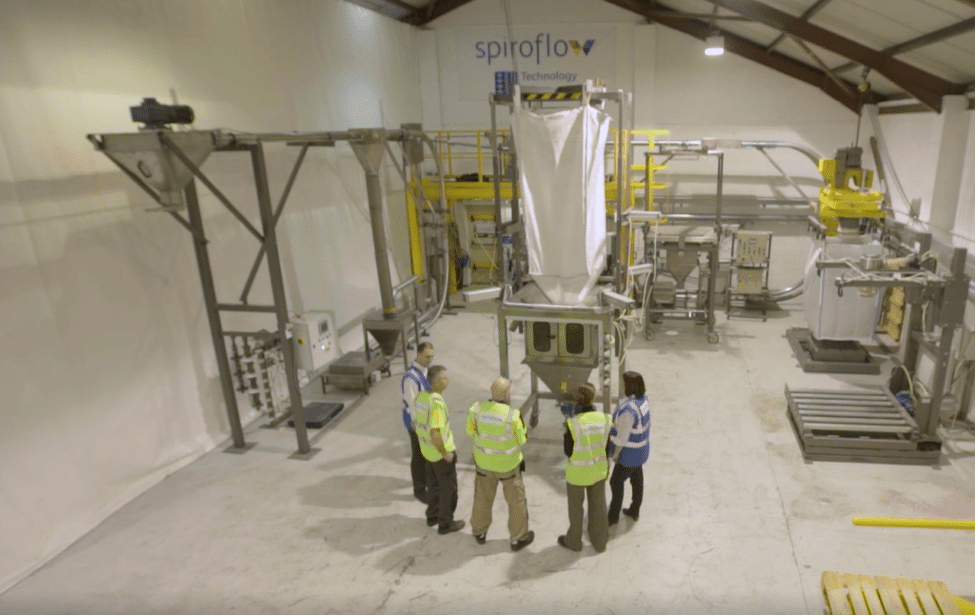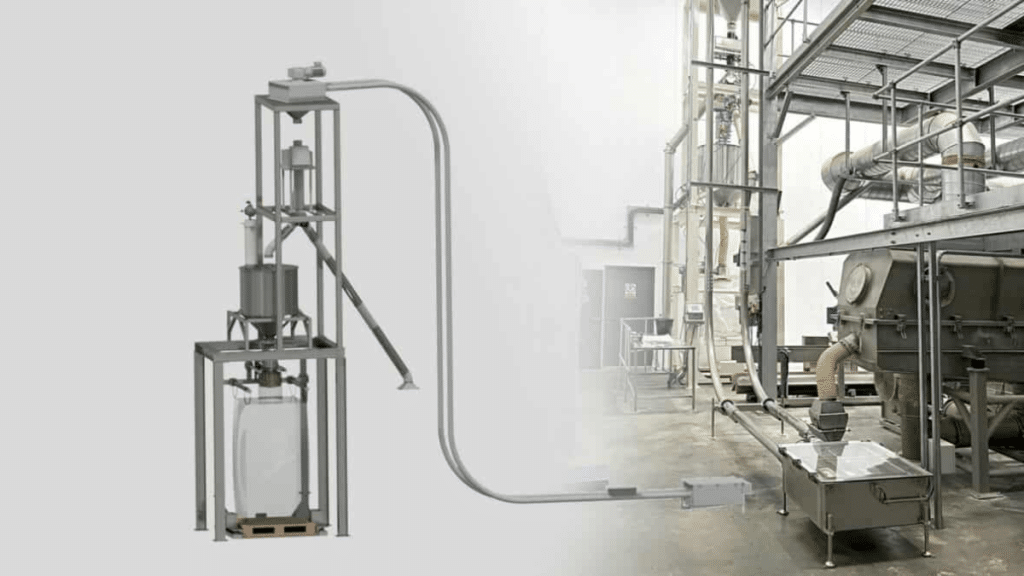Conveyor systems are often overshadowed by the products they help create, yet they are essential for the functioning of multiple industries. Read an in-depth look into the intricacies of conveyor solutions, the manufacturers behind these systems, and their widespread applications.

Conveyor Solutions: More Than Just a Belt
When you hear the term “conveyor,” you might think of that moving belt at the grocery store checkout line. But in industrial settings, the term opens up a Pandora’s box of specialized technology engineered for specific purposes.
Conveyors are a cornerstone in industries that require transporting materials, be it food products on a production line or raw materials in a mining operation. These systems vary by type and are designed with specific operational capacities and safety features in mind.
The Types and Their Uses
Conveyor systems are tools in a toolbox; you must pick the right one for the job. There are several types of conveyors depending on what you need to transport, where, and how.
- We have belt conveyors, often used in applications like assembly lines.
- Then there are screw conveyors, which excel in moving semi-solid materials like food waste or wood chips.
- Aero mechanical conveyors, like Aeroflow, are well-suited for high-speed, high-volume tasks.
- Finally, specialized conveyors like Cablevey cable drag, Chainflow, and Dynaflow chain drag systems are each designed for unique material handling challenges.
Efficiency and Safety
The next priority should be how efficient and safe the system is. A well-designed conveyor will optimize the workflow, reduce labor costs, and enhance safety. Manufacturers put a lot of thought into creating systems that minimize the risk of jams, wear-and-tear, and operational hazards.
This goes beyond just the mechanical components; we’re talking control systems that can automatically halt operations if a problem is detected or even predictive maintenance features that can forewarn potential issues.
The Role of Conveyor Systems Manufacturers
Think of conveyor system manufacturers as the architects and master builders of the logistics world. They don’t just slap together belts and pulleys; they create intricate systems that keep industries moving—literally. The makers of conveyor systems wear many hats, from engineers to innovators.
Engineering and Customization
Imagine trying to move molten glass and potato chips with the same conveyor system; it won’t end well. That’s why the engineering that goes into these systems is so critical. Conveyor manufacturers must consider the materials being transported, the speed at which they need to move, and the conditions they’ll operate under.
Are we talking about a humid environment or a sub-zero freezer? Each scenario requires specialized engineering. Customization takes engineering to the next level by creating solutions unique to each industry. It’s like the difference between buying a suit off the rack and getting one tailored to fit you perfectly.
Whether designing a conveyor belt with a specific type of rubber for a tire factory or programming advanced controls for a high-speed sorting system in an e-commerce warehouse, customization makes all the difference.
Innovating for Tomorrow
Okay, there are these highly efficient, customized conveyor systems. What’s next? The world doesn’t stand still, and neither do the manufacturers. Investing in research and development is a big deal in this field.
Manufacturers are always looking ahead to anticipate the future needs of industries. It could be a pharmaceutical company that must transport delicate vaccines at extremely low temperatures or a mining operation that needs a more durable, heat-resistant material.
That’s why you’ll see these companies diving into cutting-edge tech, from integrating Artificial Intelligence for smarter sorting and routing to incorporating sensors that predict when a part is about to fail. They’re not just thinking about how to solve today’s challenges; they’re focused on paving the way for the conveyor systems of the future.
End-User Industries: The Varied Applications
Conveyor systems are versatile, serving various industries, each with its requirements and regulations. Whether it’s the stringent hygiene standards in food and beverage or the need for precision in pharmaceuticals, conveyor systems have a solution.
- Food and Beverage
In the world of consumables, sanitation is paramount. Conveyor systems in the food and beverage industry must meet specific cleanliness standards, which manufacturers must consider when designing these systems.
- Pharmaceuticals and Specialty Chemicals
The pharmaceutical and chemical sectors require precision that leaves no room for error. In these critical environments, specialized conveyor systems come into play to meet these exacting requirements.
- General Manufacturing and Industrial Processing
Industries like automotive manufacturing or metal processing need robust, versatile conveyor solutions. Here, the focus is on heavy-duty performance and the ability to adapt to various operational needs.
The Dynamic Future of Conveyors
So, what’s on the horizon for conveyor systems? If the current trajectory is anything to go by, we’re in for an exciting ride. As tech advancements push boundaries, conveyor systems evolve, too. This isn’t just about faster or more powerful systems but smarter, safer, and more adaptable solutions that seamlessly integrate with other high-tech tools.
You can bet on seeing more partnerships between conveyor technologies and robotics, making automated sorting and transport even more efficient. Advanced sensing systems are another area to watch. These could make conveyor systems reactive and predictive, flagging potential issues before they become costly problems.
And it’s not just about moving things from one end to another anymore; it’s about how smartly, safely, and sustainably it can be done. For those looking to get ahead of the curve in material handling and process automation, Spiroflow stands as a trusted partner. With their extensive experience and innovative solutions, they can help navigate the dynamic future of conveyor systems.
